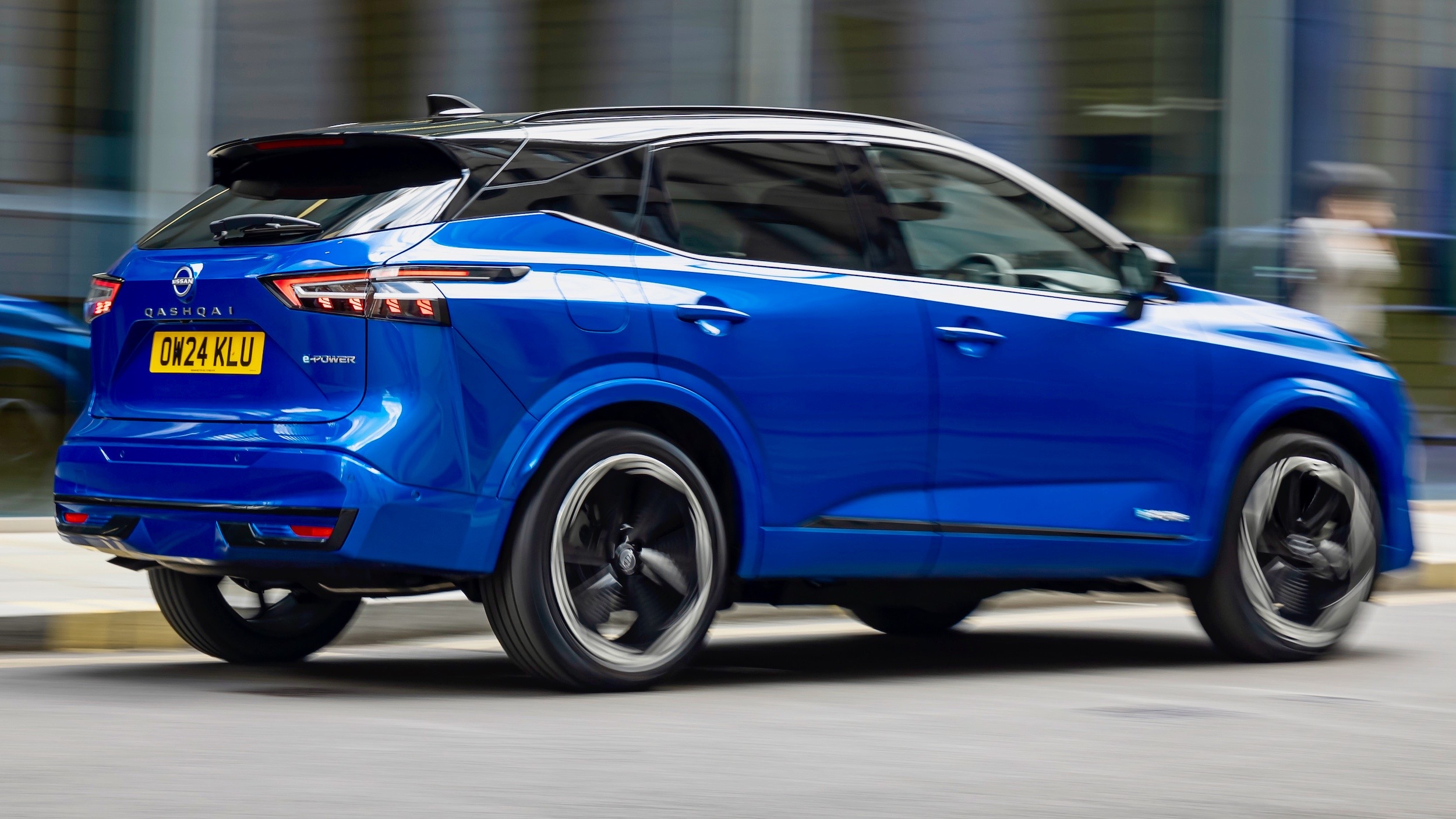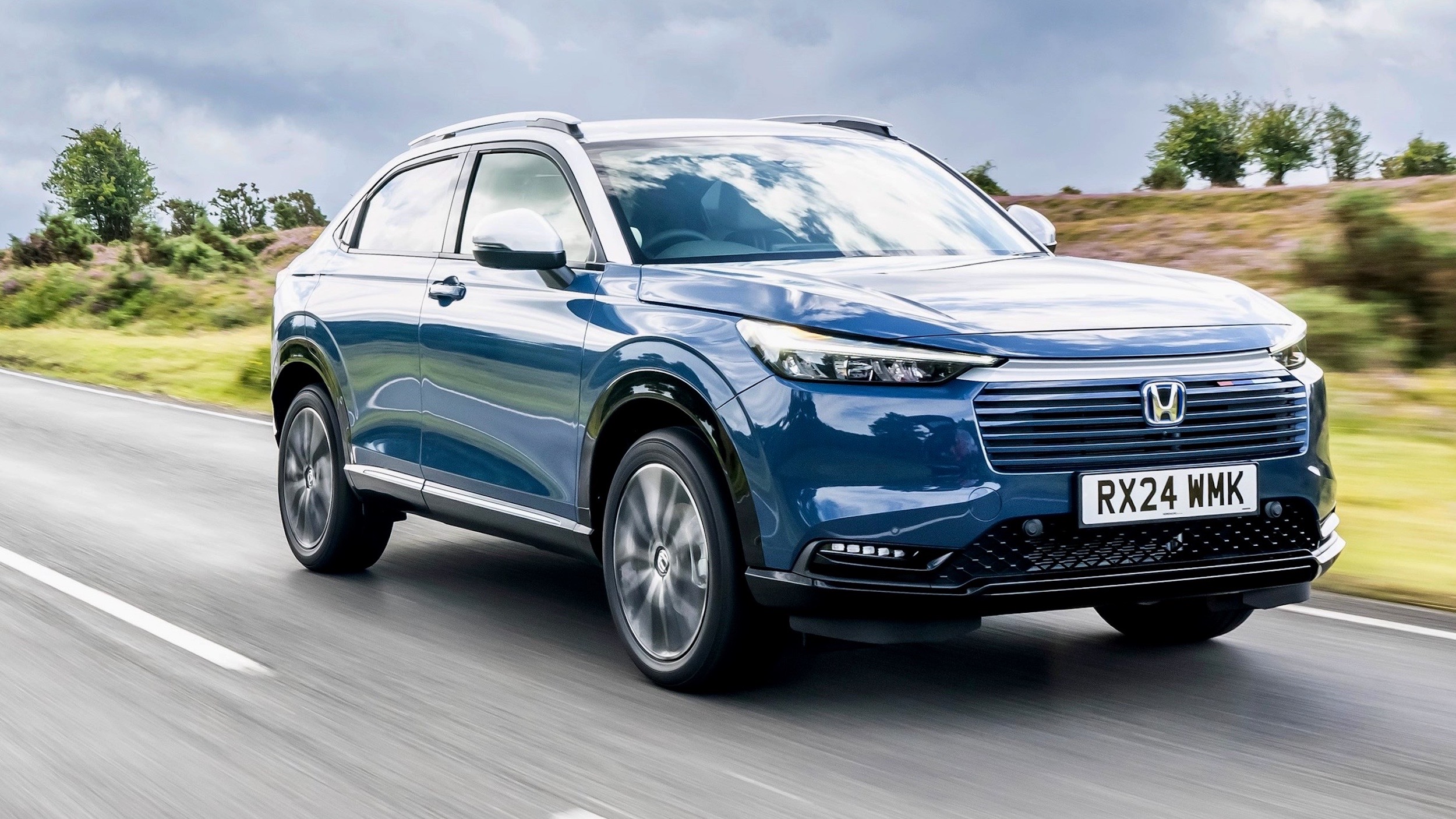The Toyota Corolla: a car designed at Toyota’s Belgian HQ, built in Derbyshire and powered by engines assembled in north Wales
This last comment is in no way decrying the Corolla, which offers, for £27,890 in the test car’s case, serious competition to its rivals in this price bracket.
Compared with the previous generation Corolla, this one is 60% more rigid and has cunning adhesion and spot-welding that all adds up, says Toyota, to ’a marked increase in steering inputs and high-speed stability.’ This would no doubt be apparent to experienced drivers on a test track. In my case, on ordinary roads, I have not one jot of criticism, in that the Corolla was exemplary in the steering and handling departments…front geometry revised, new shock absorbers and coil springs also assisting in ride comfort.
It’s quiet, too. Being a hybrid, there’s the electric motor’s 163Nm available from zero mph, with 120bhp from the 1.8-litre 4-cylinder petrol engine. If you care to look at the instrument cluster, you can see how often the car is in pure EV (electric vehicle) mode; you might expect that any relative silence provided by electricity would be apparent; at low speed, yes, but, once you get underway and internal combustion takes over, there’s no real difference, with road noise (and not much of it) being the dominant sound. This is typical of self-charging hybrids.
Out on the motorway, one noticeable thing is the whirring of the engine revs — at around 70 mph, they can be anything between 1500 and 2300 rpm depending on flats and gradients. That’s what you get from CVT (continuously variable transmission) automatic gearboxes. Included in the drive selection system is ‘B’ for engine braking: going downhill, move the selector back from D for Drive into B (that amplifies the regenerative braking) to help the brakes themselves from having to work too hard, if at all.
The Touring Corolla is capable family transport. At the back is a sizeable boot that features a reversible floor: should you happen to have some wet or muddied boots, equipment or whatever, you can simply use the non-carpeted side for those; there’s also a good space underneath where the spare-wheel-well is empty of the spare.
The tonneau cover is one-touch rétractable and the rear seats have the usual very easy 60/40 fold-down leaving a sizeable flat stowage area.
Space and access to the rear seats are suitable for two adults.
The test car was the ‘Design’ version whose smart fabric seating has heating available in both front seats. Once again, the Corolla’s designers have provided an all-round attractive interior space.
When it comes to connectivity, infotainment, satnav and so on, you pays your money, etc., etc.; Toyota’s Touch 2 Multimedia system also has the clever benefit of being designed to be easier to read when the sun happens to be shining onto it.
So you’ve bought your Corolla 1.8 hybrid and you look forward to cheap motoring.
The WLTP consumption is 55.39 to 57.65 mpg, which fits beautifully into the trip recorder’s 57.2 mpg over my 242 miles of varied traffic conditions. The emissions at only 112 g/km shouldn’t break the bank annually either.
Overall, car buyers have an enormous choice of very competent cars to choose from; one thing that might just finally sway anyone in the direction of the Toyota Corolla is the company’s remarkable year-by-year results in owner-satisfaction surveys.

Tom Scanlan
Motoring Journalist
Tom Scanlan has written for a wide variety of magazines and newspapers, particularly the Reading Evening Post for ten years, having got into motoring journalism in 1973 via the somewhat unlikely back door of the British Forces Broadcasting Service. BFBS produced a weekly radio motoring show for the services overseas and Tom produced it, as well as interviewing experts and eventually reporting on cars.
He is into classic cars and has owned Porsche, Ferrari, pre-war Alvis and Rileys and currently owns his fifth old Alfa Romeo, a 1984 GTV 2.0.
In his spare time, Tom is a professional cricket coach.
What the others say on YouTube
A selection of the latest video reviews of this car….Just click to watch on this page.
Recent Reviews
The latest cars, suvs and crossovers reviewed by our experienced journalists.
Nissan Qashqai e-Power, still the best Peoples SUV
Electric cars just don’t suit everyone and never will Car Reviewed: Nissan Qashqai e-POWER 190 N-Design Reducing emissions does and the Qashqai e-Power is the people’s SUV that does a lot right. In this changing world, maybe the right car has an engine, runs on petrol, charges a battery and is driven by an electric…
Continue Reading Nissan Qashqai e-Power, still the best Peoples SUV
Toyota Prius Plug-in, easily the best yet
Fresh looks, improved tech and economy give the long-running Toyota Prius Plug-in hybrid a major boost Car Reviewed: Toyota Prius Plug-in Hybrid True, you might not recognize it at first, but this is the new shape Toyota Prius. Talk about a transformation. The best-known hybrid car on the planet has been comprehensively reimagined and is…
The eye-catching Honda HR-V Advance Style Plus
25 years after the Honda Insight as Britain’s first petrol-electric hybrid, the latest Honda HR-V is more relevant today Car Reviewed: Honda HR-V Advance Style Plus While rival hybrids have grown in size compared to the Insight of 25 years ago, there is little difference in the footprint of the HR-V. It is now in…
Continue Reading The eye-catching Honda HR-V Advance Style Plus
















